Plan on Phong Nha-Ke Bang National Park to 2030 approved

The plan focuses on both preserving the heritage promoting its values to turn it into the most attracting eco-tourist region in the Asia Pacific, stimulating socio-economic development of Quang Binh province and the northern central region.
Accordingly, the national park is expected to welcome around 650,000 tourists, including 55,000 international visitors. It is forecast to welcome 1,350,000 tourists, including around 55,000 international visitors.
The heritage’s feature and integrity will be preserved in close association with efforts to conserve Laos’ Hin Nammo ecological region and Truong Son Range’s ecological system. A biological diverse corridor, which links with the national park and other natural regions in the central region, will be established and controlled along basin of the Son, Ranh and Nhat Le Rivers.
Activities of handicraft production, mining, business and population development will be controlled in the buffer zone, particularly at the Thuong Trach and Cha Lo border gates and along the banks of the Son River.
The national park’s tourism will be developed in combination with other tourism centers in Quang Binh province and central provinces in the tourist route "Central Heritage Road".
Fetival-focussed tours and luxury tourism service centers will also be developed in the region.
Landscape and tourism urban areas will be set up in the Phong Nha tourism urban area, supplying luxury urban services and developing the national park’s tourism for a population of 13,000-18,000 people by 2020 and 15,000-20,000 people by 2030.
What the stars mean:
★ Poor ★ ★ Promising ★★★ Good ★★★★ Very good ★★★★★ Exceptional
Latest News
More News
- Building local brands via sports tourism (November 06, 2024 | 16:25)
- Potential rises for golf tourism boom (November 06, 2024 | 15:17)
- Ba Ria-Vung Tau strengthens regional links to bolster tourism (November 04, 2024 | 10:00)
- Vietnam attracts growing interest from global travellers (October 28, 2024 | 17:59)
- Vietjet receives latest aircraft from Airbus in France (October 08, 2024 | 18:02)
- Telling travel stories through movies (October 08, 2024 | 14:00)
- South Korean tourists lead Vietnam’s tourism revival (October 08, 2024 | 11:49)
- Vietnam a golden land for golf tourism (October 08, 2024 | 11:41)
- Con Dao leads the way in circular tourism (October 08, 2024 | 08:00)
- Nestlé and VNAT announce new cooperation initiative (October 02, 2024 | 15:43)



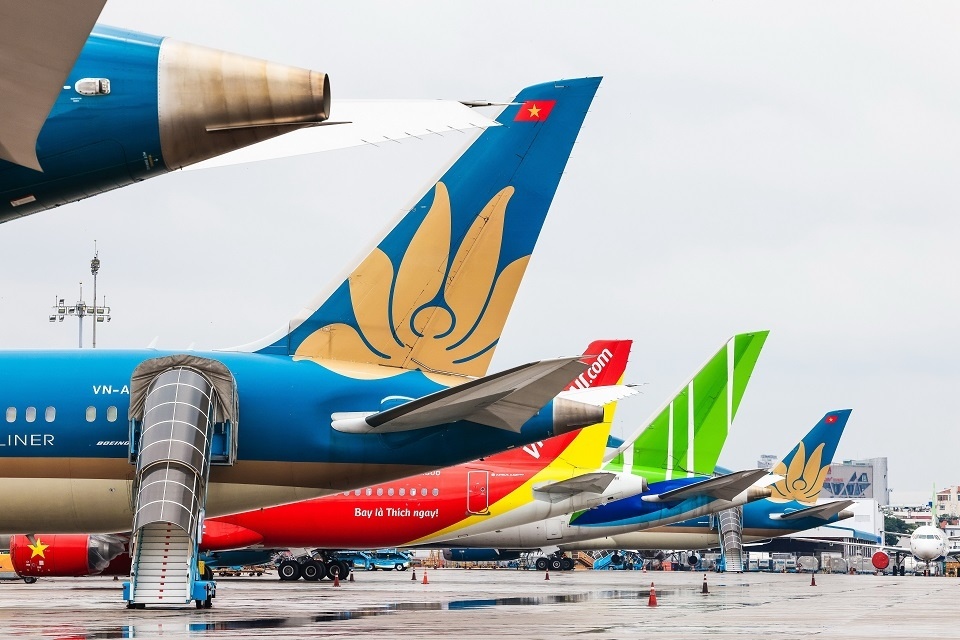
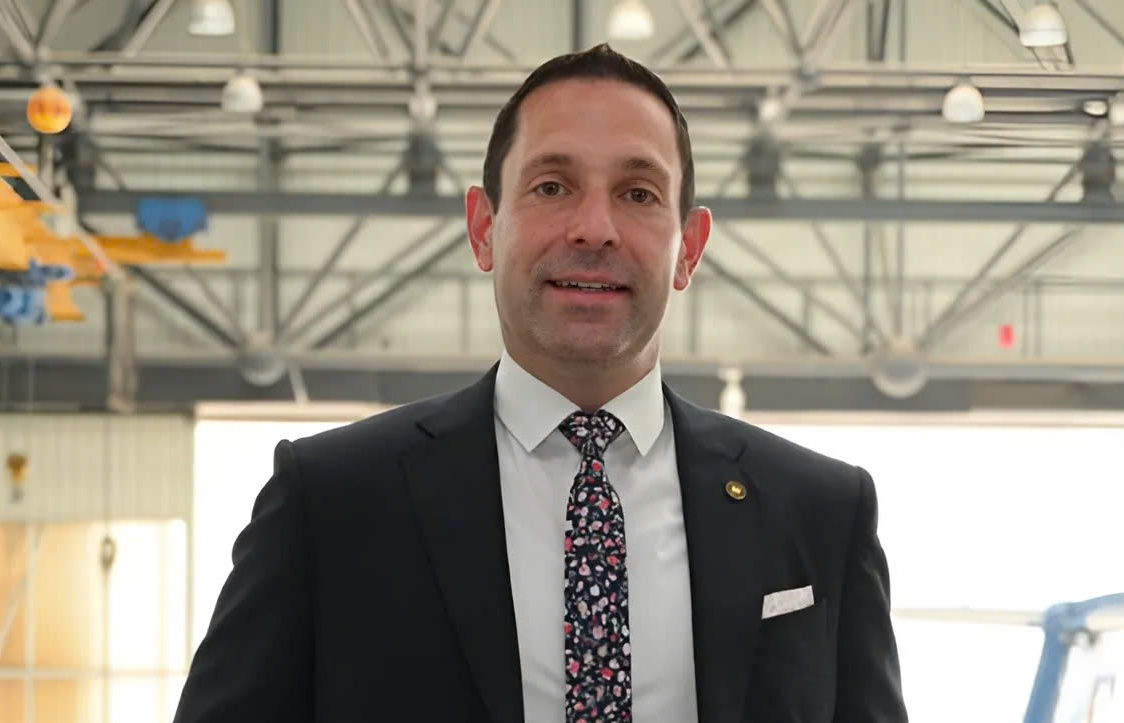
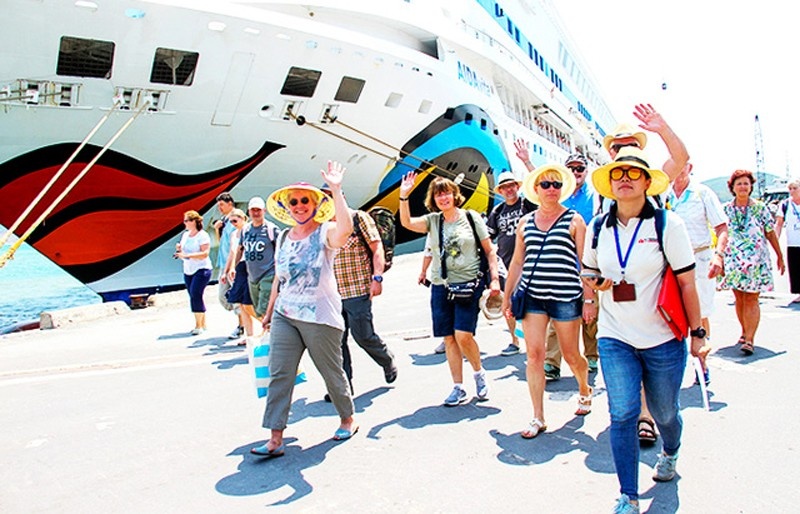
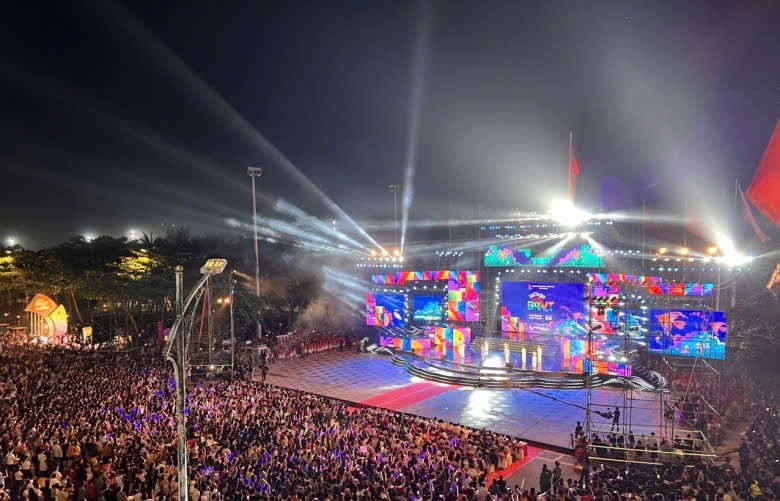
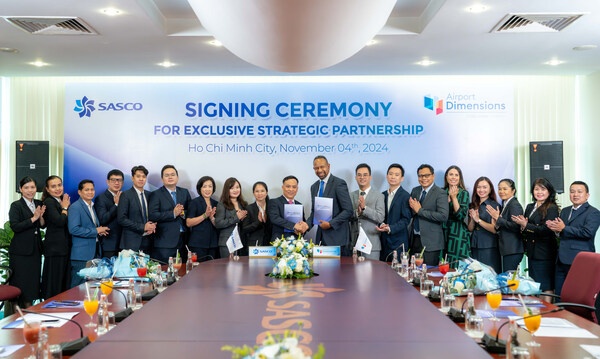
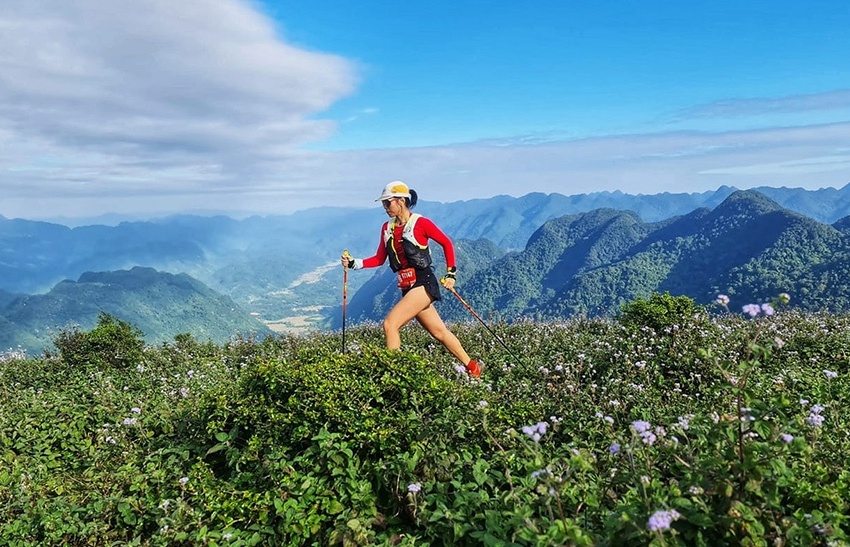



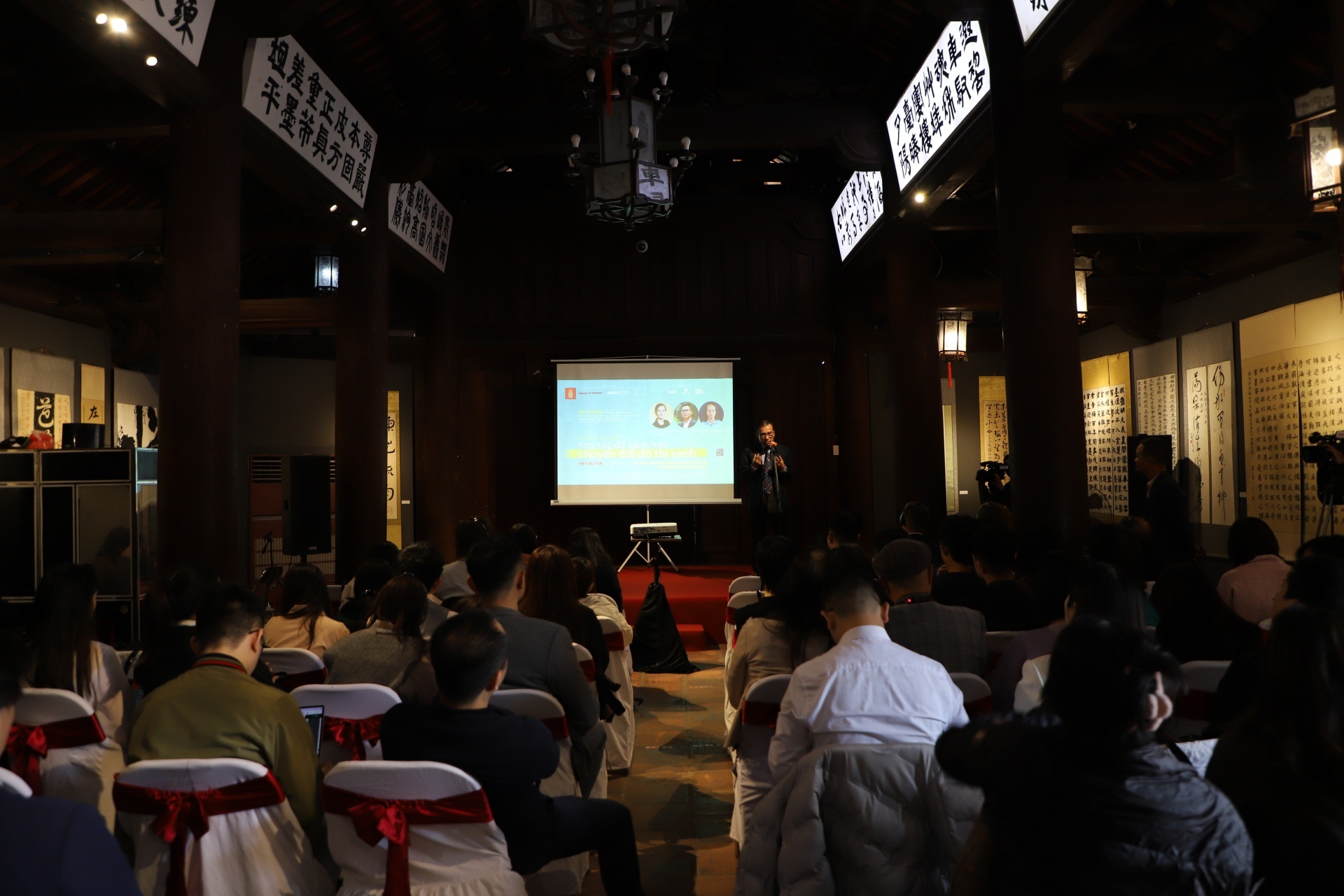
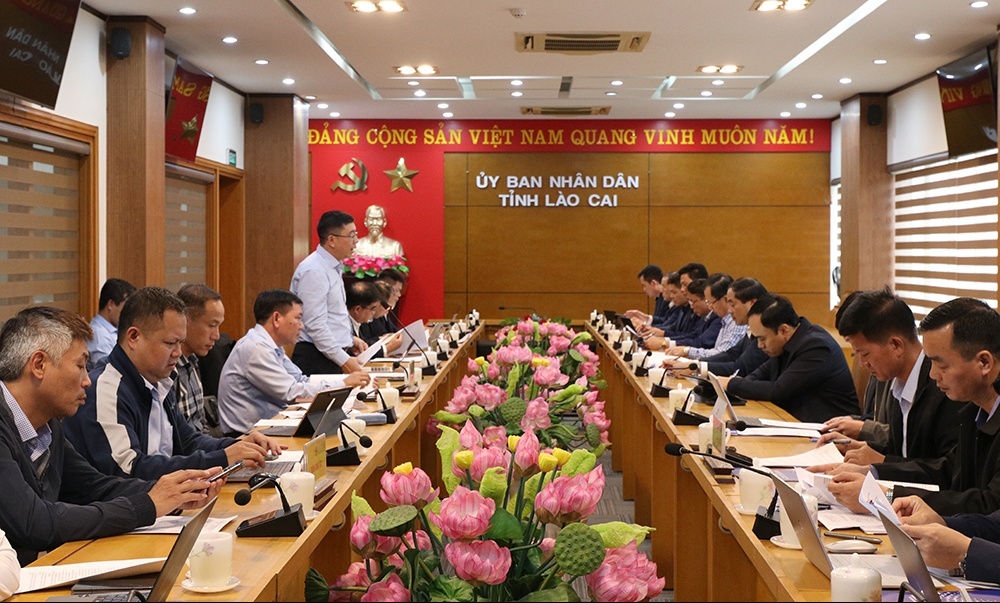





 Mobile Version
Mobile Version